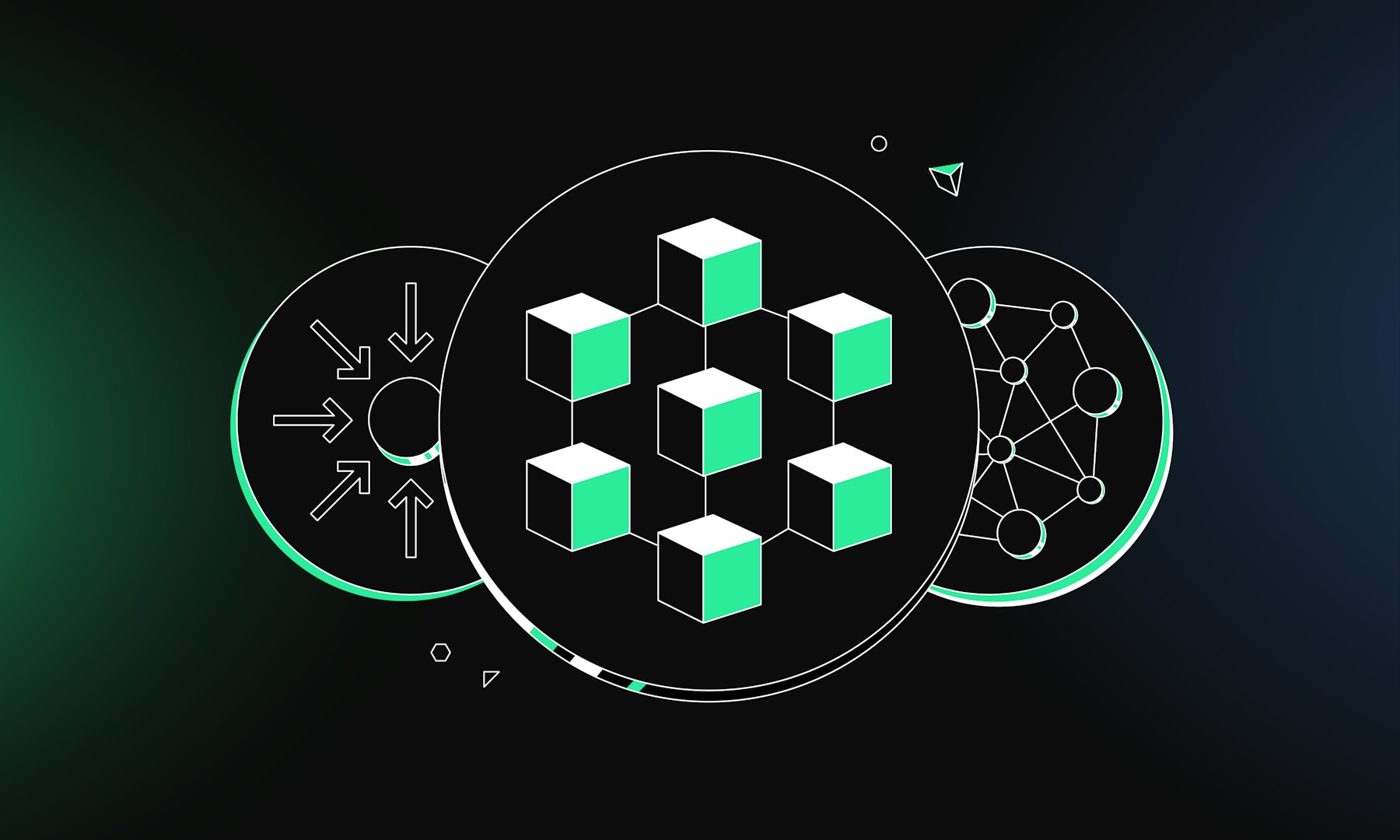Who originally invented the internet?
The internet as we know it didn’t start with social media or online shopping. It began decades earlier, rooted in a Cold War-era project by the United States to build a communication system that could survive a nuclear strike. At the time, computers were massive, expensive and mostly confined to military and academic use.
In the late 1960s, researchers at the US Advanced Research Projects Agency (ARPA) created ARPANET, the first network that connected computers and enabled data sharing. It was a breakthrough that laid the foundation for today’s internet. And while people often wonder who invented the internet, there’s no single name behind it. It was a collective achievement that took shape over many years.
A breakthrough came in 1989 when Tim Berners-Lee introduced a new layer to the internet: the World Wide Web. Rather than inventing the internet itself, he built a way to navigate it. His system used hyperlinks to connect documents, a shared language (HTML) to structure them, and a protocol (HTTP) to transfer them. He also created the first browser, making it possible for anyone to click, read and explore.
This shift, turning a technical network into a user-friendly space, set the stage for Web1: the first version of the web open to the public.
Web1: the static web (1990s – early 2000s)
The first version of the internet, often referred to as Web1 or Internet 1.0, was simple but revolutionary. This era was primarily read-only, meaning users could access information but not interact with it. Websites acted as digital brochures, displaying text and images with minimal functionality.
Core principles of Web1:
Web1 was characterised by:
Static web pages: Content was fixed and could not be altered by users.
Decentralised structure: Websites were hosted on individual servers rather than controlled by major corporations.
Basic Technology: Programming languages, software, and hardware limitations restricted site dynamics and speed. Simple HTML layouts were the norm.
No Social Features: The participatory social web had not been created yet. Users couldn't interact with content or each other in meaningful ways.
The dotcom bubble and the rise of Web2
As the Web1 era took off, excitement around the internet exploded. By the late 1990s, investors believed the internet would transform the global economy. This belief triggered a surge in funding for online businesses, a period now known as the “dotcom bubble”.
Many of these startups had limited business plans but still attracted large amounts of venture capital. Share prices rose sharply, even though many companies lacked solid foundations. The bubble burst in the early 2000s, causing significant financial losses and the collapse of many companies. However, this period also marked a turning point. Although painful for investors, the crash helped redirect attention towards more sustainable and viable business models.
This shift laid the groundwork for Web2. Companies like Google, Amazon and Facebook emerged with more focused strategies and scalable platforms. Unlike Web1, which was mostly read-only and limited in scope, Web2 introduced an interactive and user-driven internet where people could participate, create and connect in entirely new ways.
Web2: the social and interactive web (mid-2000s – today)
Web2, also known as the "social web", transformed the internet into a platform for communication, collaboration and commerce. Social media, cloud computing and online marketplaces have made it easier than ever to share and create. It also democratised content, giving anyone the tools to publish, connect and take part, shifting power away from traditional gatekeepers and into the hands of users.
Core principles of Web2:
Web2 introduced several major shifts, such as:
User-generated content: Blogs, social media, video platforms and forums flourished.
Platform-driven experiences: Centralised companies like Facebook, Google and Amazon became dominant, providing free services in exchange for user data.
Data monetisation: Companies collected, analysed and monetised user data, raising concerns about privacy and control.
Scalability and Accessibility: Cloud computing made services scalable and accessible from any device with an internet connection.
Enhanced APIs and Rich Web Technologies: Technologies like HTML5, CSS3, JavaScript frameworks, and AJAX enabled dynamic and responsive web applications.
While Web2 enabled connection and innovation, it also created centralisation issues, where a handful of companies control vast amounts of user information. These concerns paved the way for Web3, which seeks to return power to users.
Web3: the decentralised web (emerging today)
Web3 represents the next phase of the internet, leveraging blockchain technology to prioritise decentralisation, security and user control. Unlike Web2, which is dominated by corporate platforms, Web3 envisions an internet where users own their digital identities and assets without relying on intermediaries.
Core principles of Web3:
Decentralisation: Websites and applications (dApps) run on blockchain networks instead of being hosted by a single company.
User ownership: Digital assets, such as cryptocurrencies and NFTs, belong to users, not platforms.
Trustful interactions: Smart contracts allow secure transactions without middlemen, reducing reliance on banks or corporations.
Want a simple introduction to Web3? Watch our video for an overview of how decentralisation and user ownership are shaping the internet.
